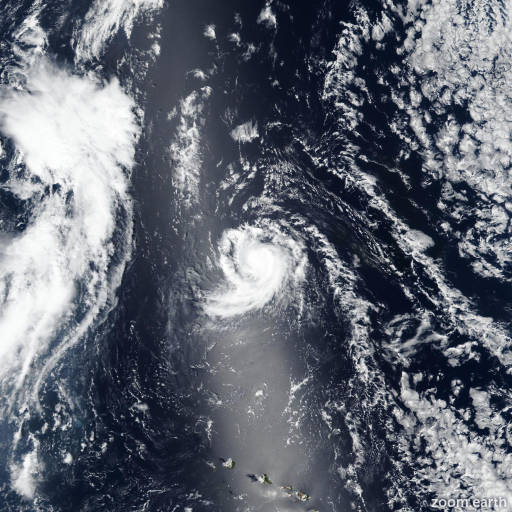Hurricane Henriette 2025
Last Modified:

Satellite images, weather maps and tracks of Category 1 Hurricane Henriette 2025, 4 - 13 August. Max wind speed 85mph.
Click on the map to add points. Double‑click to finish.
Tap on the map to add points.
Last Modified:

Satellite images, weather maps and tracks of Category 1 Hurricane Henriette 2025, 4 - 13 August. Max wind speed 85mph.